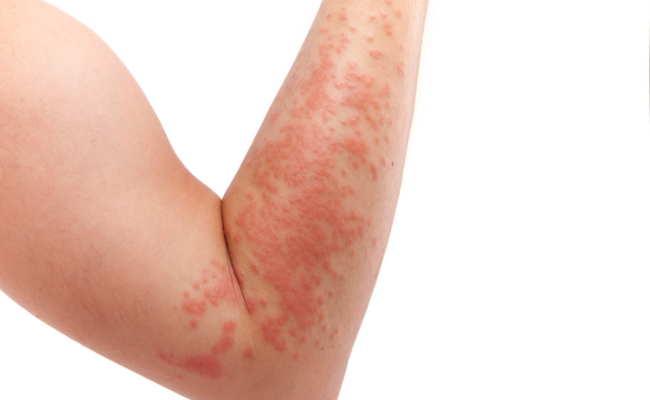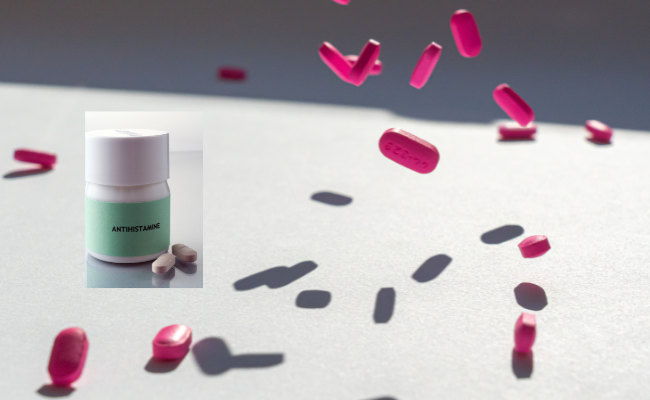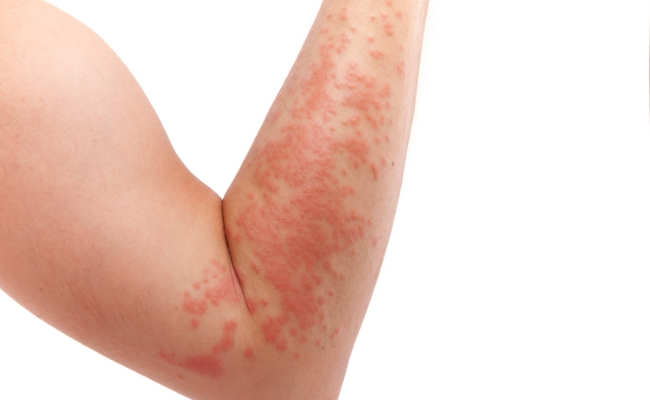How to Treat Mastocytosis?
- October 13, 2023
- No Comments
What is Mastocytosis?
Mastocytosis, a rare disorder, involves the abnormal accumulation of mast cells in different body tissues. These immune cells, crucial in responding to allergens and inflammation, gather in the skin, bone marrow, and other organs, resulting in a spectrum of symptoms. This condition is an inherited immune disorder marked by the irregular proliferation of mast cells, triggering diverse symptoms like diarrhea and bone pain.
Why Does Mastocytosis Occur?
Mastocytosis occurs due to a mutation in the KIT gene, which leads to the abnormal proliferation and accumulation of mast cells. The exact cause of the mutation is often unknown, and mastocytosis can manifest in both children and adults. There are two main types: cutaneous mastocytosis, which primarily affects the skin, and systemic mastocytosis, which involves multiple organs.
How is Mastocytosis Diagnosed?
Diagnosing mastocytosis involves a combination of clinical evaluation, medical history review, and various tests. Skin biopsies are often performed to analyze mast cell infiltration in affected areas. Blood and bone marrow tests may also be conducted to assess the presence and activity of mast cells. Genetic testing can help identify the KIT gene mutation.
Treatment Solutions for Mastocytosis:
- Symptomatic Management: The treatment of mastocytosis often focuses on managing symptoms. Antihistamines are commonly prescribed to control itching, flushing, and other allergic reactions associated with the release of histamine from mast cells. H2 blockers and leukotriene modifiers may also be used to manage symptoms.
- Topical Treatments: For cutaneous mastocytosis, which primarily affects the skin, topical corticosteroids or other anti-inflammatory creams may be prescribed to reduce skin lesions and symptoms. Avoiding triggers such as certain foods, medications, or environmental factors can also help manage skin symptoms.
- Mast Cell Stabilizers: Cromolyn sodium is a medication that can be used to stabilize mast cells, preventing the release of histamine and other mediators. This can help reduce symptoms related to mast cell activation. It is often used in the form of eye drops for ocular symptoms or as an oral medication.
- Immunomodulatory Therapy: In cases of systemic mastocytosis with significant organ involvement, immunomodulatory therapies such as interferon-alpha or tyrosine kinase inhibitors may be considered. These medications aim to regulate the immune system and control the abnormal proliferation of mast cells.
Benefits of Treating Mastocytosis:
- Symptom Relief: Treatment for mastocytosis aims to alleviate symptoms such as itching, flushing, abdominal pain, and other allergic reactions, improving the overall quality of life for individuals with the condition.
- Prevention of Complications: Managing mastocytosis helps prevent complications associated with the abnormal accumulation of mast cells, such as organ dysfunction or severe allergic reactions.
- Improved Skin Health: For those with cutaneous mastocytosis, topical treatments and other interventions can lead to improved skin health, reducing lesions and discomfort.
- Enhanced Quality of Life: By effectively managing symptoms and preventing complications, individuals with mastocytosis can experience an enhanced quality of life, allowing them to engage in daily activities with greater ease.






Comments (0)
No comments yet